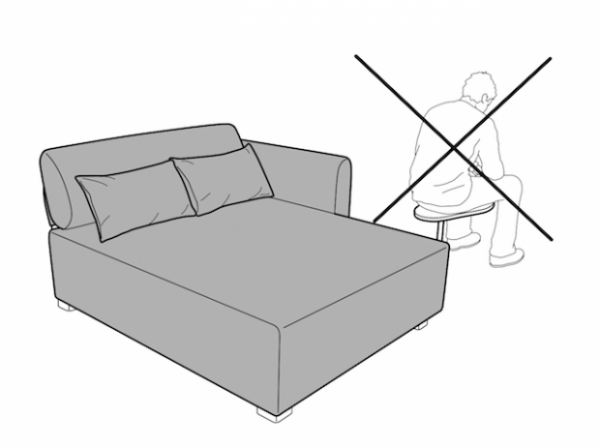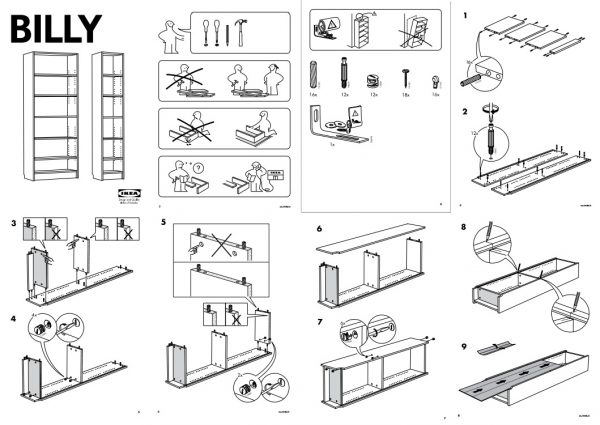A lot of modern food startups have learned from trial and error that some customers prefer to take an active role in preparing their meals. But that insight isn’t entirely novel — back in the 1950s, instant cake mixes met market resistance. There was a sense that maybe these mixes made everything too easy, undervaluing labor and skill.
The Betty Crocker brand contracted psychologist Ernest Dichter, who advised them to make one small but critical change. As the story goes: getting customers to add an egg turned things around, increasing customer investment in the product by engaging them in the process. This, in turn, helped drive sales of the product. The full history is actually a bit more complex — for instance: fresh eggs made the cakes better. But like most urban legends, there is some truth to the tale: baking effort into the mix really does change our relationship to things.

In 2011, a set of scholars dubbed this type of cognitive bias the “IKEA effect,” naming it after the global furniture giant famous for products that buyers have to assemble themselves. As explained in one of the studies published by Michael I. Norton of Harvard Business School, Daniel Mochon of Yale, and Dan Ariely of Duke: “labor alone can be sufficient to induce greater liking for the fruits of one’s labor: even constructing a standardized bureau, an arduous, solitary task, can lead people to overvalue their (often poorly constructed) creations.”

Gaining satisfaction from a job well done is a familiar experience, but while some of that effect is tied to the product, their research shows that some of it also comes from the process. Other examples include things like Build-a-Bear (which allows people to assemble their own stuffed animals) and “haycations” (vacations spent working on farms). Notably, too, the IKEA effect is diminished if the completed object is then deconstructed, so just finishing something is not enough.
The researchers behind the IKEA effect ran a number of tests and concluded that people are sometimes also willing to pay more for things they are involved in building, be it IKEA furniture or LEGO toys or origami paper cranes. The effect was present even when the results were not as technically impressive as those made by people with greater skill. Of course, there are limits — excessive challenge can lead to frustration, so making things too hard can be a problem.
For makers and owners, the IKEA effect can also lead to higher degrees of attachment and valuation distortions. Someone who has worked extensively on their home or car, for instance, may be inclined to price it higher than the market value, factoring in their labors of love. That said, it is hard to imagine getting really attached to a BILLY bookcase.
The effect goes beyond products, too: people presented with barriers to entering a group have been shown to enjoy their inclusion more due to the challenge. Even some animals (like rats) have demonstrated a preference for food that is harder to get over easily accessible snacks.
User experience designer Anton Nikolov suggests incorporating the IKEA effect into design strategies. Ideally, users should be able to add something “high value” but “low effort” (akin to the egg that facilitates a whole cake). “Digital designers, for example, can use sample data and editable templates to achieve the IKEA effect, ” he advises. “Make the first experience with your app feel dynamic and alive to the users. Prompt them to edit the templates and interact with the product.” Even something as simple as getting users to set up their accounts and fill in a few details can help them feel more connected to an application.
Consumers, meanwhile, might want to keep in mind their own potential cognitive bias when shopping around for furniture and toys (or trying out new apps). For some, the assembly challenge may be enjoyable and worth the extra time and cost. But for others, well, there is also something to be said for ready-made design objects, even if it means missing out on the potential fun of pun-making trips to IKEA.



Leave a Comment
Share